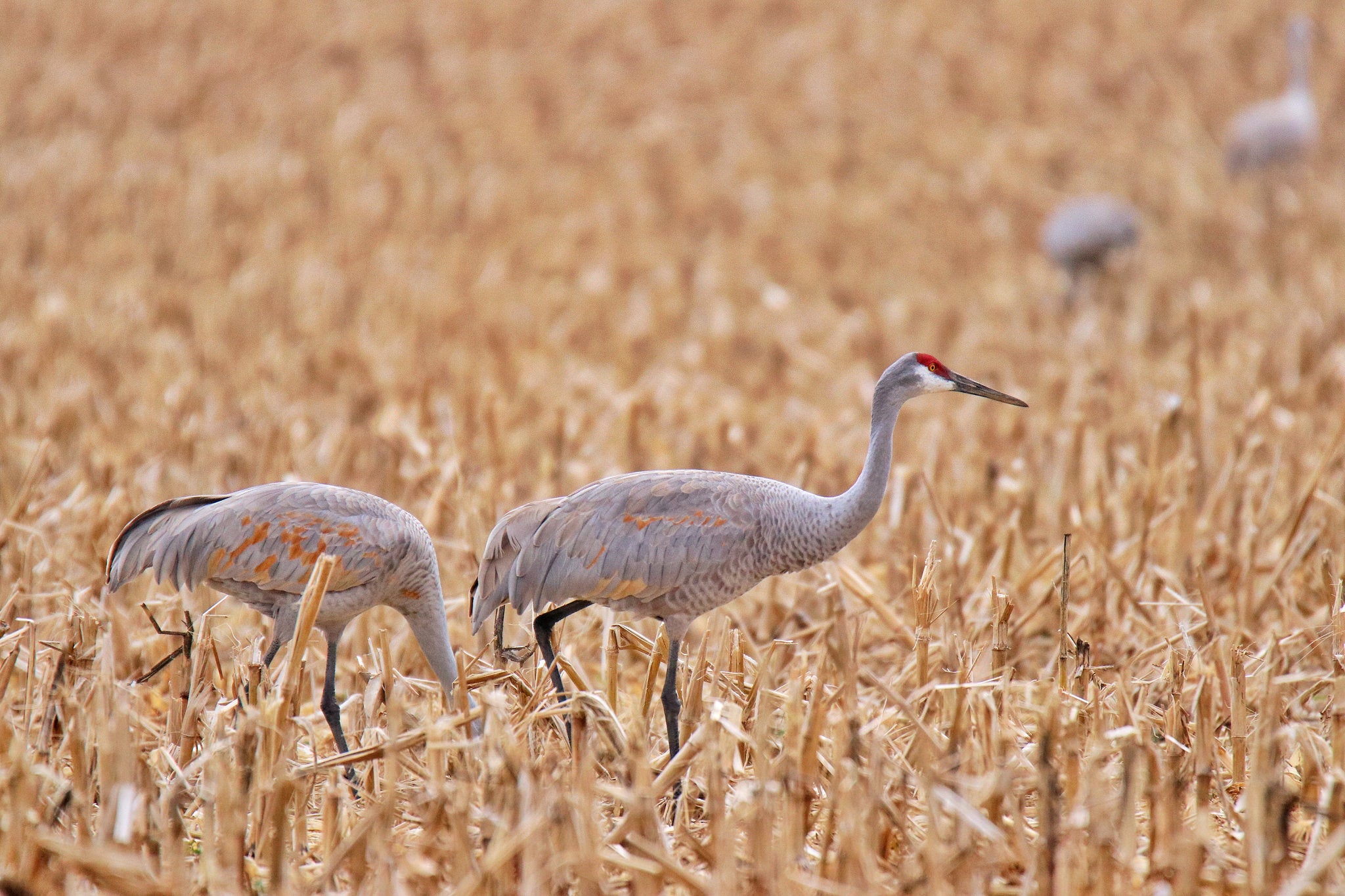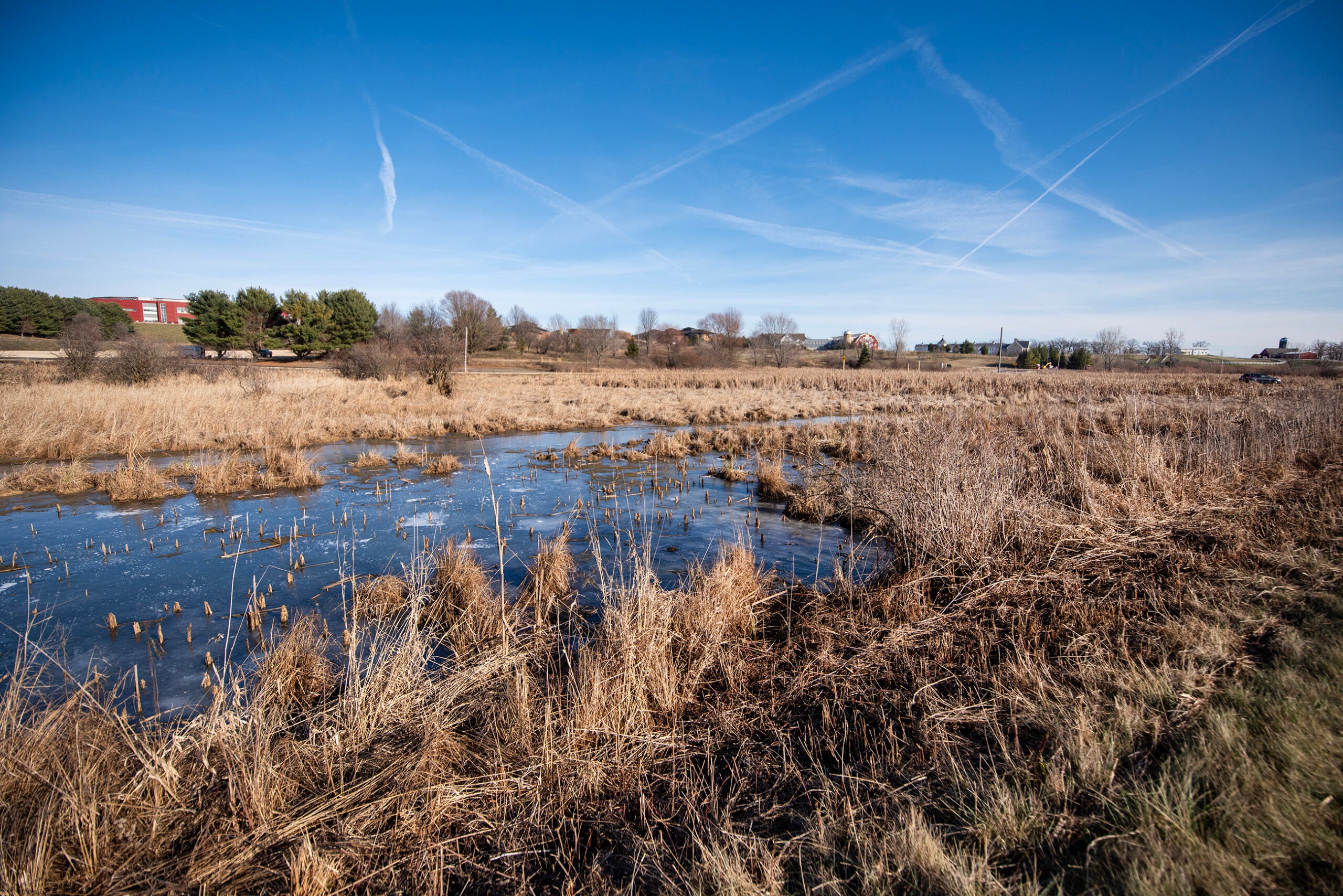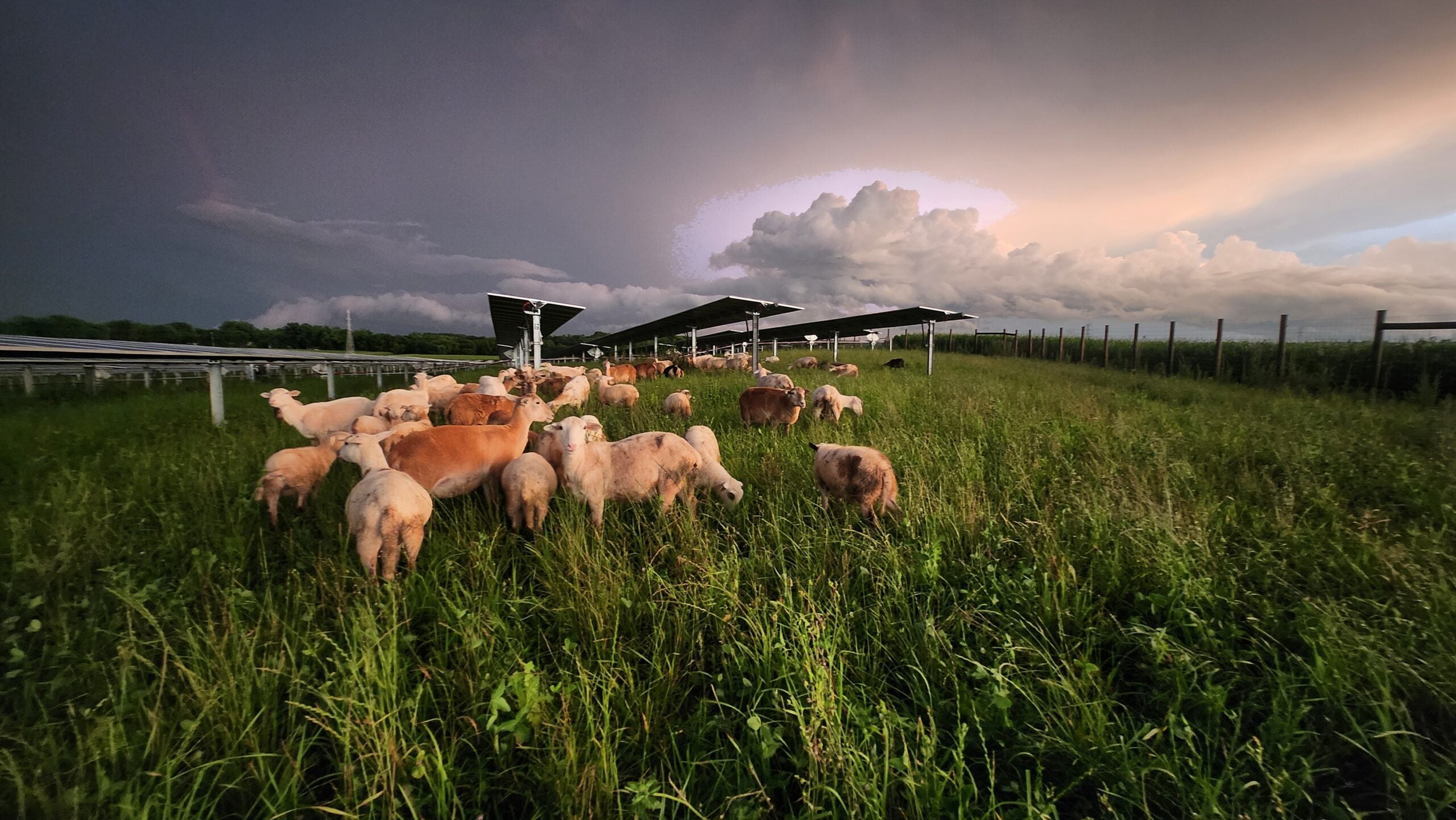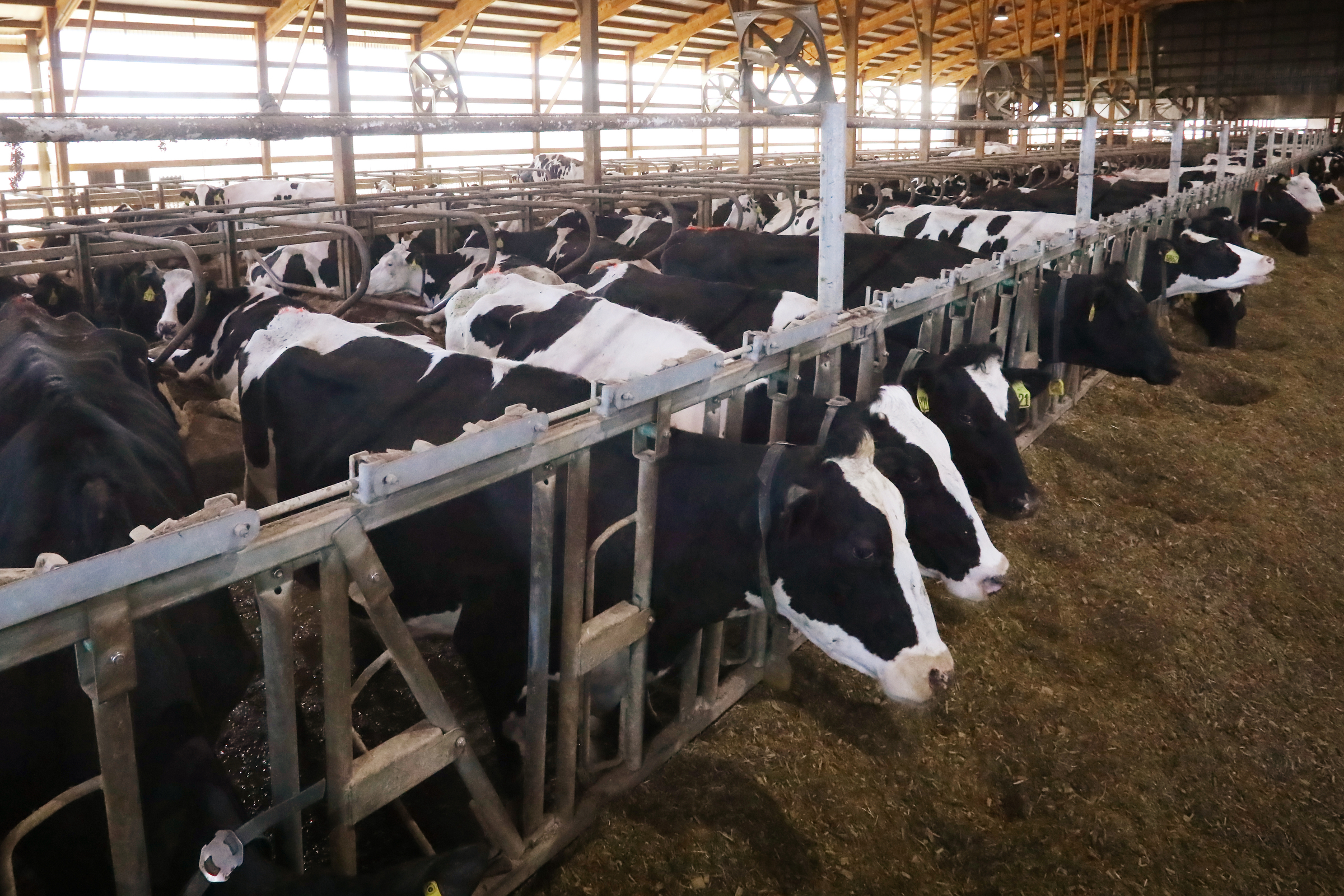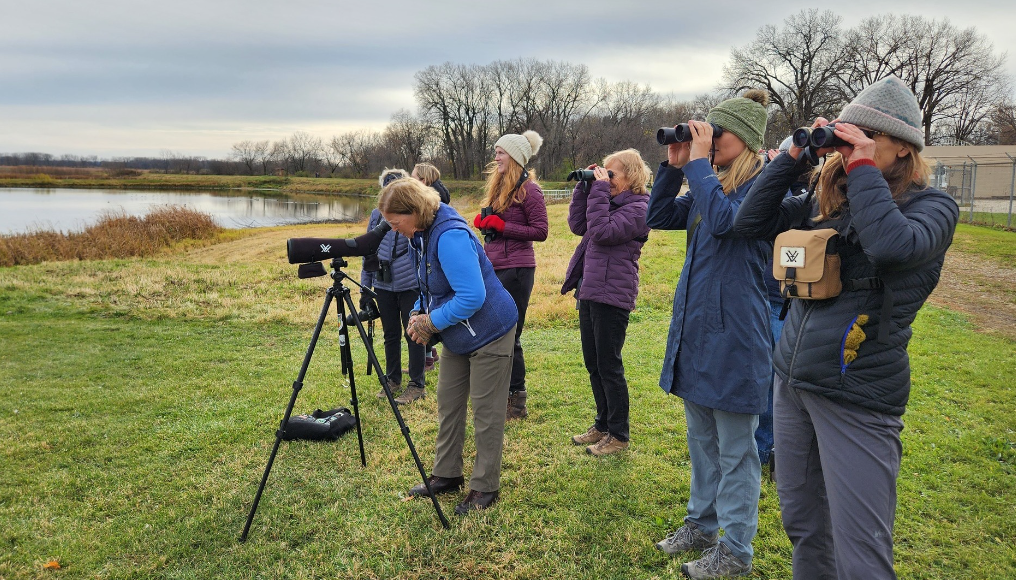Dane County is piloting a program this year that plans to spend $750,000 to pay farmers to plant cover crops that will effectively curb runoff into lakes and rivers that feeds algae.
The Continuous Cover Program maintains farmland in a county that is one of the top 25 dairy producers in the nation and has lost almost 140 farms in the past decade, said Joe Parisi, Dane County executive.
The county will borrow the funds for this recent initiative, which Parisi said is part of a larger effort in Dane County to clean up its lakes.
Stay informed on the latest news
Sign up for WPR’s email newsletter.
“We have kind of a unique challenge in that we have four lakes that run smack through the middle of the county,” he said. “And because we are such an ag-intensive county, also one of the challenges we have to deal with is runoff when we have heavy rains from our ag lands.”
Farmers can convert lands currently used for row crops into land for grazing cattle, prairies or perennial grasses.
Prairie land would help reduce runoff and holds water better during floods. Perennial grasses planted as buffers between streams and crops would also catch runoff.
“We felt that here locally in Dane County, there was a lot of appetite for this,” he said. “We could get a big bang for the buck, both in helping our smaller family farmers and in reducing runoff.”
Funds have been set aside for this program in the 2019 county budget. Farmers can apply for the grants through May 31. When a farmer’s land is selected, they will receive a payment from the county based on factors such as rental rates, cost of vegetation and number of acres.
Parisi said this is a trial program, and the county is deliberately starting out small so it can assess how much enthusiasm there is for the program. Those results will inform how the program is funded next year.
“We expect there to likely be more demand this first year than there is funding,” he said.
Farmers accepted into the program will agree to a plan to set aside land for 15 years. In the state’s fastest-growing county, it’s a commitment some farmers are happy to make.
“It helps us preserve that rural character of the land while at the same time keeping farming an option,” Parisi said. After the 15 years expires, farmers can choose what to do with the land.
After harvest, row crops can leave behind bare soil for months, exposing it to erosion and runoff that could make its way to lakes and other bodies of water, pulling nutrients with it that can feed algae blooms.
If rain hits grassy areas, those drops are more likely to stay put and slowly drip down into the soil.
“Our farmers care deeply about the land, they want to keep the soil on the land,” Parisi said. “They care about our natural environment, but they don’t always have the means … to implement some of these practices on their own.”
Farmers who apply for the program need to commit at least half an acre and up to 40 acres of their properties. The funds will be enough to pay for 300 acres.
Wisconsin Public Radio, © Copyright 2025, Board of Regents of the University of Wisconsin System and Wisconsin Educational Communications Board.



